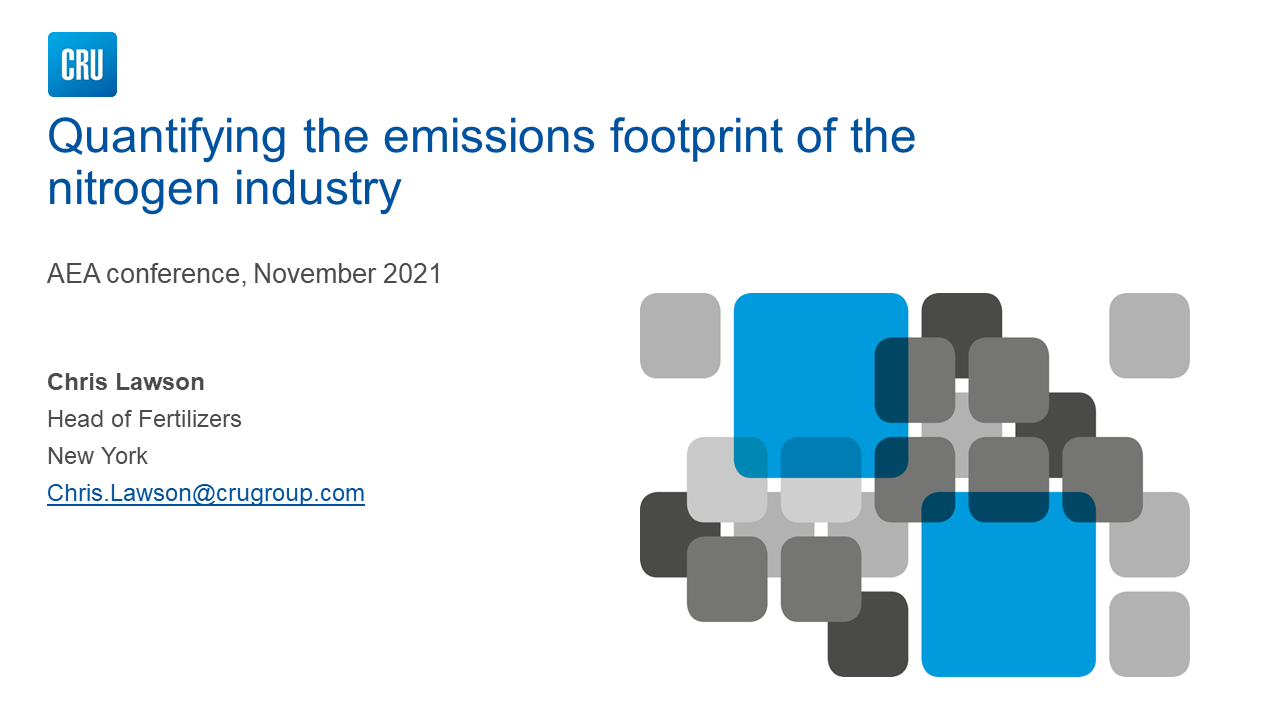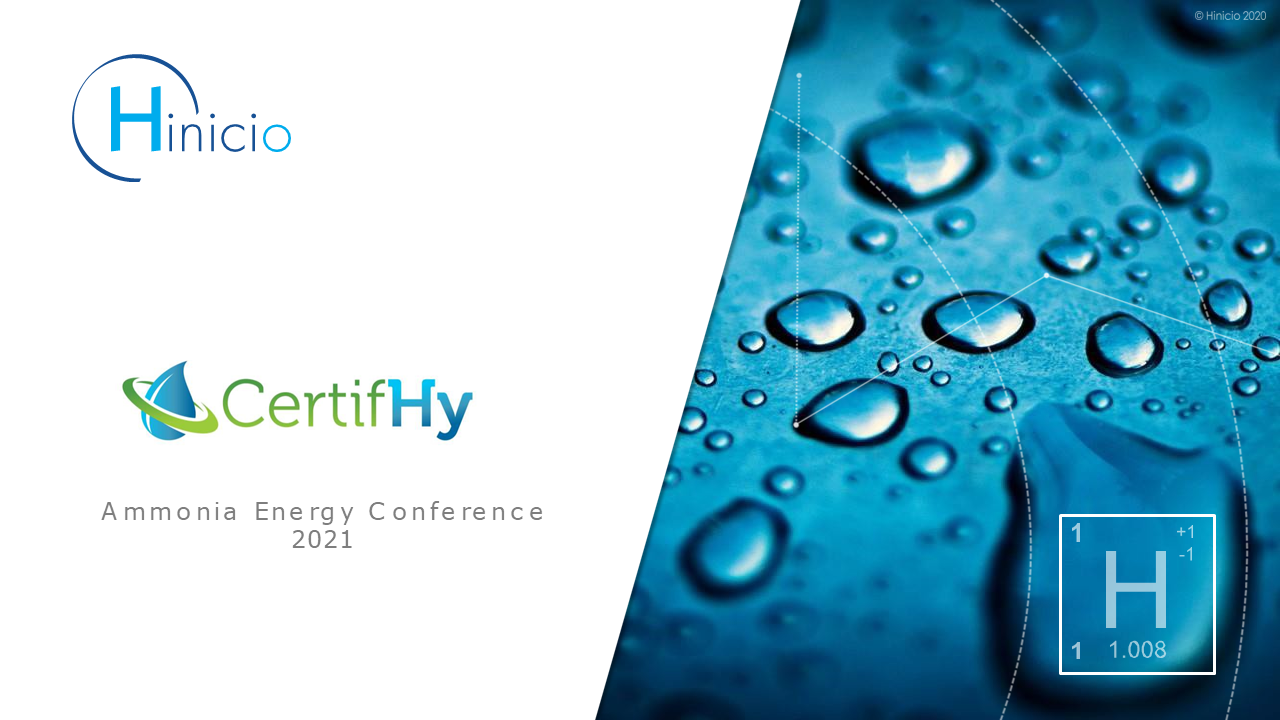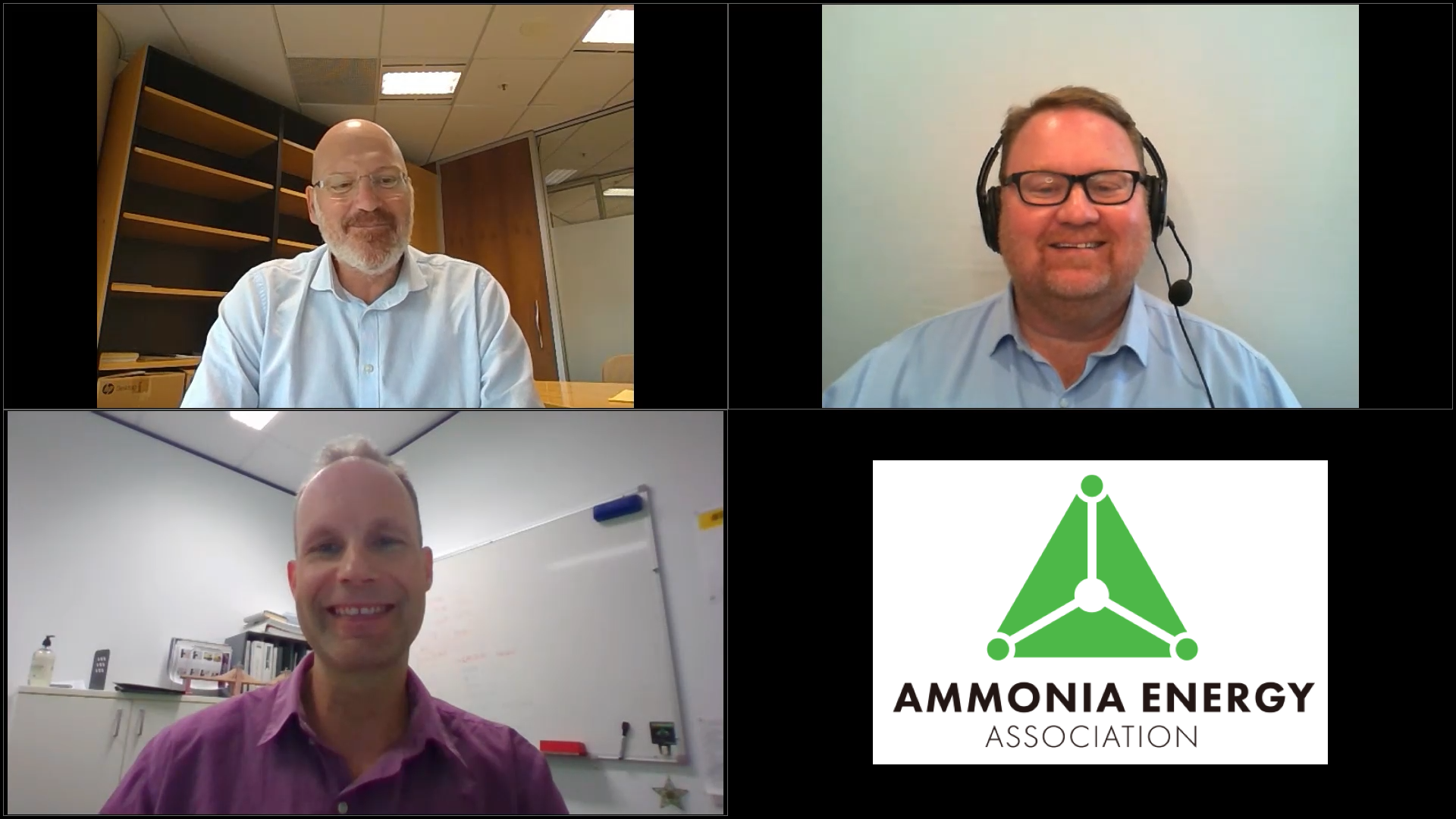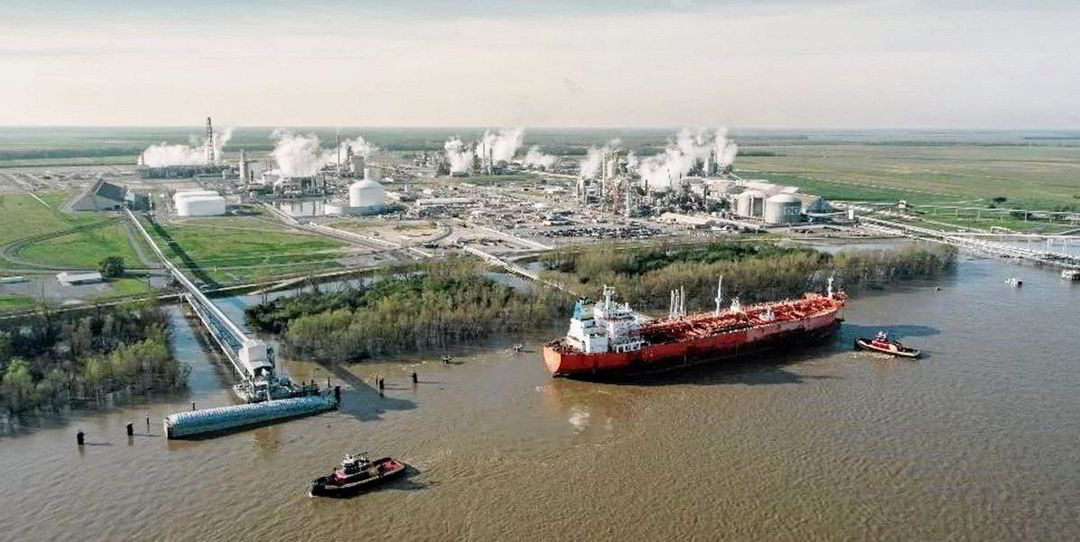Considerable attention is now being paid to both life-cycle carbon intensity standards and guarantees of origin for many low carbon fuels, including ammonia energy, to ensure that international trade may be facilitated, expedited, and given priority guarantees of market access under long-term supply agreements. Standardisation and certification are crucial to these markets. Further, the prospect of commanding a “clean/green” market premium, which buyers in markets such as the European Union and East Asia may be prepared to pay for ammonia energy imports, may also set the necessary impulses to stimulate the domestic ammonia energy economies around the world. Certifications can,…









